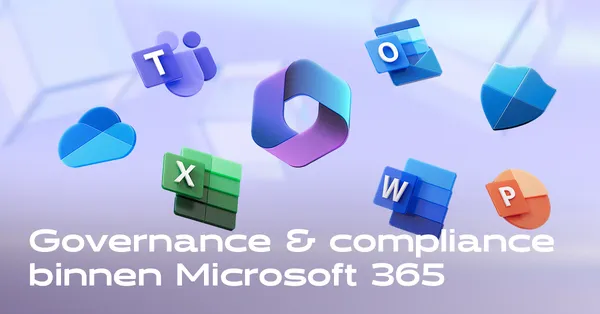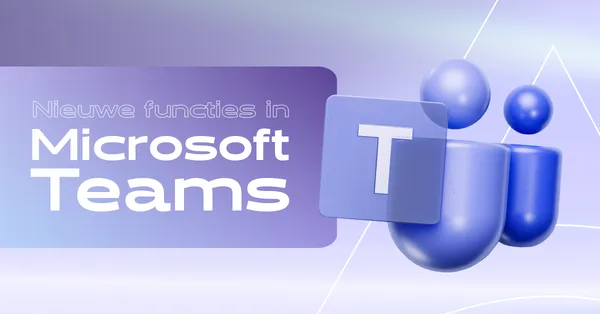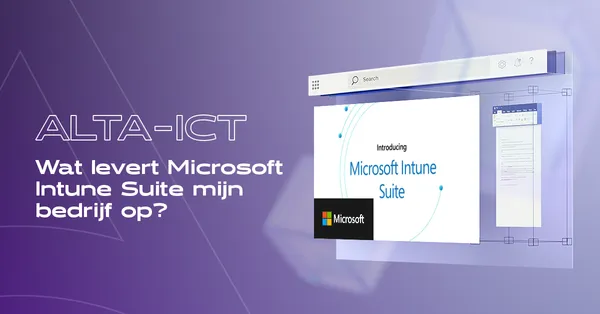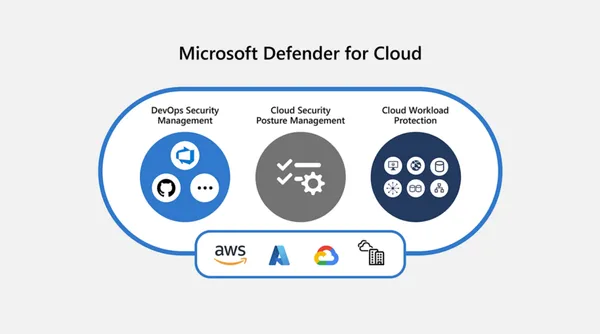
Knowledge base
May 08, 2021
Top 3 videoconferencing systems for education.
Video delivered over the internet has become increasingly popular in recent years for a range of applications – from businesses to education and leisure. The COVID-19 pandemic has only reinforced this. But even though the world is working to get back to normal, videoconferencing is there to stay. Why? Because video conferencing is a big part of the new normal and offers fantastic benefits for all kinds of people and institutions.
The rise of videoconferencing in education
Videoconferencing began to be used in education as soon as the technology was available. Here are just a few examples of how videoconferencing solves problems and addresses educational needs:
Meetings for parents / teachers
Meetings between parents and teachers are an important part of helping to manage a child’s upbringing. But freeing up time for them can be difficult. Parents often struggle to juggle their work schedule, and teachers sometimes face long evenings of work after a full day of teaching. But videoconferencing can make these meetings easier and more convenient for everyone, increasing parent participation and involvement in primary and secondary education.
Office hours
For students at college and university, office hours are often an important part of the experience. Students visit the offices of teachers to get help with difficult material, to discuss grades and expectations and to seek advice on their academic careers. Using videoconferencing can be more convenient for both professors and students. It also has the advantage that it’s less intimidating for students who are new to campus and that it encourages more participation from students who aren’t on campus every day.
Guest lecturers
Teachers often want to expose their students to experts in their field. But the cost and logistics of bringing a guest teacher to campus or classroom can be challenging. Video conferencing makes it easier to bring these types of resources to students, at a lower logistical and financial cost than traditional personal performances. If you can consider guest teachers regardless of location, you can diversify the people and content your students are exposed to.
tuition
Sometimes a student needs extra help. But finding time for tutoring can be a challenge. And in some cases, students may feel embarrassed or insecure about going to a tutoring center on campus. But video conferencing in education can give students access to tutoring in a way that suits them and supports their needs, leading to better results.
Virtual classrooms
Videoconferencing in education is not only intended for one-to-one communication. Video conferencing can be part of the virtual classroom experience, allowing teachers and students to attend class wherever they are in the world. With additional classroom solutions, such as LMS integration and interactive features, video conferencing can be a central part of a virtual classroom experience.
Hybrid and Hyflex Teaching
Video conferencing in education can support a range of virtual classrooms, including environments that are all virtual, but also environments where some students are personally present and others remotely. Videoconferencing in education is part of a solution that enables both Hybrid lessons and Hyflex lessons. What’s the difference? Hybrid lessons refer to classes where some students are regularly present in person and others regularly virtually. Hyflex refers to courses where students can choose per class whether they want to participate in person or remotely.
cooperation
Video conferencing in education is also great for collaborative activities, whether the lesson itself takes place in person or virtually. Students can use video conferencing to work on group projects, hold study sessions, and provide peer-to-peer support. With the interactive features available in some video conferencing for educational solutions – such as virtual whiteboards and shared notes – students will find that virtual collaboration is even better than personal collaboration.
Bringing campuses together
Because many universities have multiple campuses, video conferencing is a great way to bring those campuses together. With video conferencing in education, students can easily attend classes and make friends on more than one campus. Large university systems can also use videoconferencing to bridge divisions between campuses and bring the entire community together.
Student recruitment
Student recruitment is a fantastic way to use video conferencing in education. It can virtually bring potential students to campus and also be used to connect them with teachers, admissions officers, alumni and student representatives. By showing how your institution uses technology at every level, it can also help turn those potential students into enrolled students.
College Interviews
For students in the application process, video conferencing in education is a great way to conduct interviews. This reduces the cost for students to come to campus for an interview and also allows them to participate in this moment of high pressure from an environment that is comfortable for them.
Free vs. Paid Video Conferencing Software for Education
Videoconferencing products for education range from completely free to costs based on the nature and volume of use. Free solutions can have limitations on how long they can be used in a single session and how many concurrent participants they allow. They usually also have a limited number of bells and whistles; If you’re looking for simple video conferencing with a supportive text-based chat window, these solutions might be just what you’re looking for. But while free solutions are suitable for some situations, they don’t fit perfectly with any educational application.
Who needs free versus paid video conferencing solutions for education?
So, who needs what type of videoconferencing solution for education? Free video conferencing solutions are usually best for smaller groups and non-frequent users. These are usually individual teachers or students who don’t need a lot of bells and whistles and who don’t support an institution’s educational infrastructure with video conferencing. But once video conferencing for education becomes a fundamental part of how your school or university conducts its mission, paid videoconferencing becomes necessary.
Paid video conferencing systems for education allow you to remove limits on the number of users, frequency of use, or duration of sessions. Paid solutions also give you access to features that can help you support your educational mission, including permanent rooms with collaboration tools like virtual whiteboards and shared notes. Improved interactivity options, such as quizzes, can also help enrich your video conferencing experience. You can even add white label branding to ensure that your education solution video conferencing is truly part of your institution and analytics to help you monitor connection quality and engagement.
The top 3 videoconferencing platforms for education
Kaltura
Kaltura offers paid video conferencing solutions specifically designed for education. The Virtual Classroom solution allows students and teachers to connect in a shared, permanent environment where video conferencing is just the beginning. Sharing screens, presentations and videos is easy. Educational collaboration is made possible through brainstorming rooms, permanent whiteboards, sharing notification and more. Instructors can lead the entire class or temporarily transfer the videoconferencing to presenting students. Features like quizzes and polls can help keep students engaged, and analytics can help you understand how students interact with material. However, Kaltura’s videoconferencing for education is not just for the class. They can also be successfully used in recruitment, admissions and one-on-one communication between students and/or teachers.
Microsoft Teams
Microsoft offers a video conferencing tool called Teams. It has a free version that allows up to 100 people to join in one virtual meeting. However, those meetings can only last an hour. While these meetings provide some key basic teaching video conferencing tools, such as screen sharing and text-based chat, there are also some obvious limitations. For example, the free version of Microsoft Teams does not allow meetings to be included, and customer support is only included with paid versions. Security features such as customizable user settings and policies are also not available in the free version, as are analytics. Most importantly, however, Microsoft Teams is not designed specifically for the specific needs of education.
Google Meet
Google Meet was originally called Google Hangouts. It supports free video conferencing with up to 100 participants with a click of a link. But there is a time limit for these meetings: they should not be longer than an hour. Google Meet has a number of free security and anti-abuse features that allow you to make your meetings run smoothly and securely. Google Meet also offers paid options. These increase the number of people who can participate in video conferencing and for how long. These also add features that go beyond standard video conferencing, but the technology doesn’t remain specifically designed for education.
Source: kaltura
Want to know more?

Related
blogs
Tech Updates: Microsoft 365, Azure, Cybersecurity & AI – Weekly in Your Mailbox.









